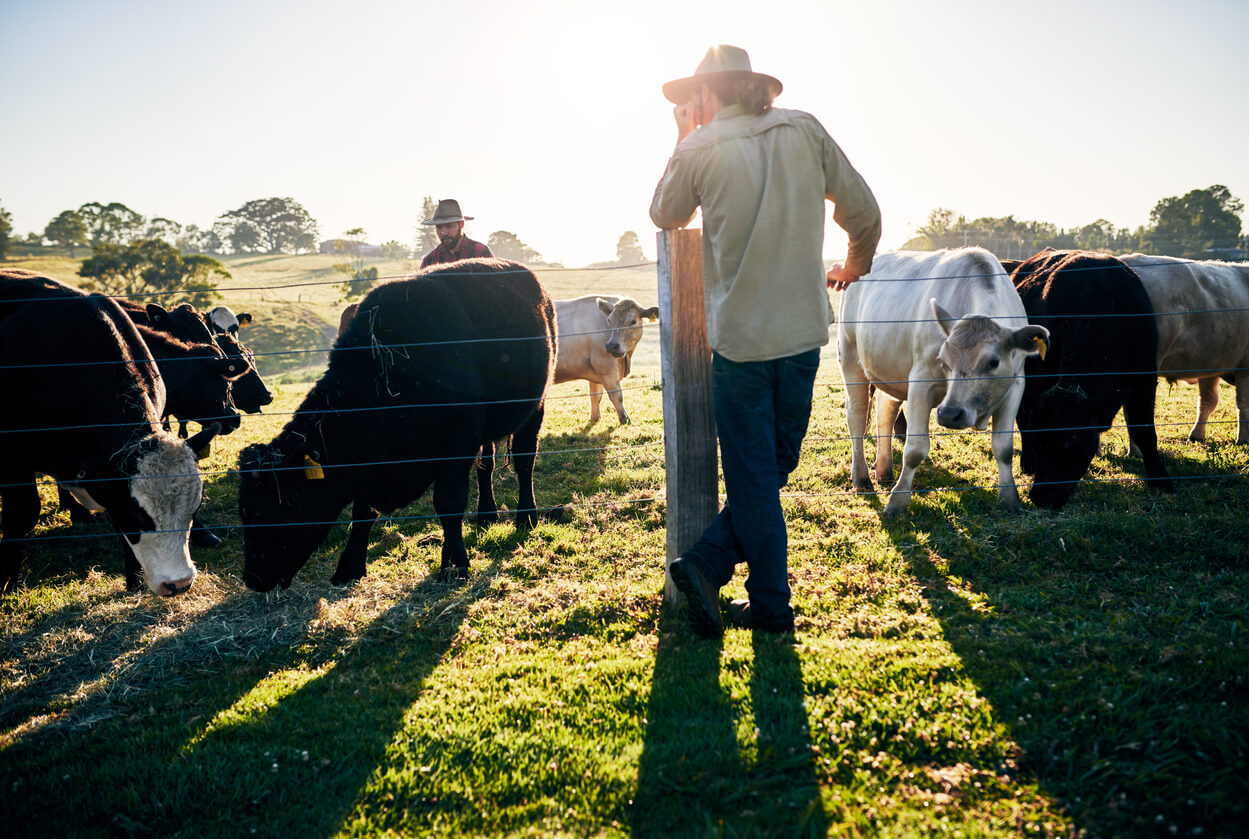Canadian Farmers Are Paying Back Deferred Loans in Sign of Agriculture Sector’s Resilience

A Crown lender says nearly all the farmers and agri-food businesses that deferred payments on its loans because of COVID-19 have started making them again once those deferrals ended, a sign of resilience by an agricultural sector that has faced a number of challenges
by Geoff Zochodne – Financial Post
As of mid-May, agricultural producers and firms had deferred payments on more than $4 billion in loans provided by Farm Credit Canada (FCC), a Crown corporation with a lending portfolio of more than $38 billion.
By Oct. 2, more than 4,500 customers had used deferrals on FCC loans with total outstanding balances of $5.2 billion, according to the lender.
However, the number and amount of loans still currently being deferred has fallen to 3,300 customers and $4.3 billion, respectively, and regularly scheduled payments have resumed on approximately 98 per cent of previously deferred loans.
“The essential nature of an industry that feeds Canadians has helped keep farmers and agri-food firms confident, with the FCC seeing its default rate “trending favourably” through 2020”
“They basically wanted a few months of deferral while they kind of weathered the storm, for lack of a term,” said André Fagnou, director of pricing and products at FCC. “And the majority of those loans are back to regular payments already.”
The federal government in March — when the full force of the coronavirus pandemic hit Canada — announced it was boosting FCC’s lending capacity by an extra $5 billion (made possible by a $500-million pandemic-related capital contribution) in order to help farmers and agri-businesses.
FCC offered cash-strapped customers additional lines of credit or term loans, as well as deferred payments of up to six months for loan principal and interest, or up to a year for just the principal.
FCC said payment schedule adjustments as a percentage of total loans owing for its fiscal year ended March 31 was nine per cent, which, mostly because of COVID-19-related help, was up from four per cent a year earlier.
Lenders across Canada have had to make similar accommodations for their customers — although six-month maximums were often the norm for payment deferrals from banks — as the coronavirus pandemic put some borrowers out of work and prompted others to try to preserve cash in the face of COVID-19 uncertainty.
But there were some pre-existing concerns in the agricultural sector, such as trouble finding workers and concerns about business risk management programs, which can shore up farmers’ incomes in case of crop loss or unwieldy market conditions. Shutdowns in the food-service sector particularly stung, since restrictions on dining out ate into demand from restaurants.
“When you lose that, it creates some stress for farmers, for sure,” said Chris van den Heuvel, second vice-president at the Canadian Federation of Agriculture.
Government support programs and payment deferrals may not have eased that stress entirely either. Debts still have to be paid back, van den Heuvel noted, as well as the interest accrued on loans, which could lead to cash-flow issues for farmers.
The Canadian Federation of Independent Business (CFIB) in May found that just 29 per cent of farmers it surveyed said $252 million in emergency federal funding for the agri-food sector would be helpful for their business. Furthermore, 48 per cent of farmers were worried about debt.
The interest-free loans provided via the government’s Canada Emergency Business Account (CEBA) may be appreciated by farmers, but adjusting business risk management programs might be appreciated even more.
“Long term, we need to fix some of these fundamental programs that weren’t designed … to respond to a pandemic,” said Marilyn Braun-Pollon, CFIB’s vice-president of Western Canada and agri-business.
Yet, overall, the agricultural sector has had a better pandemic than some others. According to the CFIB’s small business recovery dashboard, 88 per cent of agricultural businesses are fully open and 55 per cent are making normal sales, compared to around 70 per cent and 30 per cent, respectively, for the economy as a whole.
“Through support of the public and government, we feel that agriculture is well-positioned to lead the economic recovery in the future,” van den Heuvel said.
The essential nature of an industry that feeds Canadians has helped keep farmers and agri-food firms confident, with the FCC seeing its default rate “trending favourably” through 2020, Fagnou said.
Although credit-impaired loans at FCC increased to 0.8 per cent of loans receivable for its 2019-20 fiscal year, up from 0.5 per cent, the lender also foresees strong export demand for Canadian grains and oilseeds for the remainder of 2020, as well as solid growing conditions in Western Canada.
“The people that make up the industry seem to be inherently optimistic,” Fagnou said. “Otherwise, you probably wouldn’t see some of the resilience that you’re seeing.”












